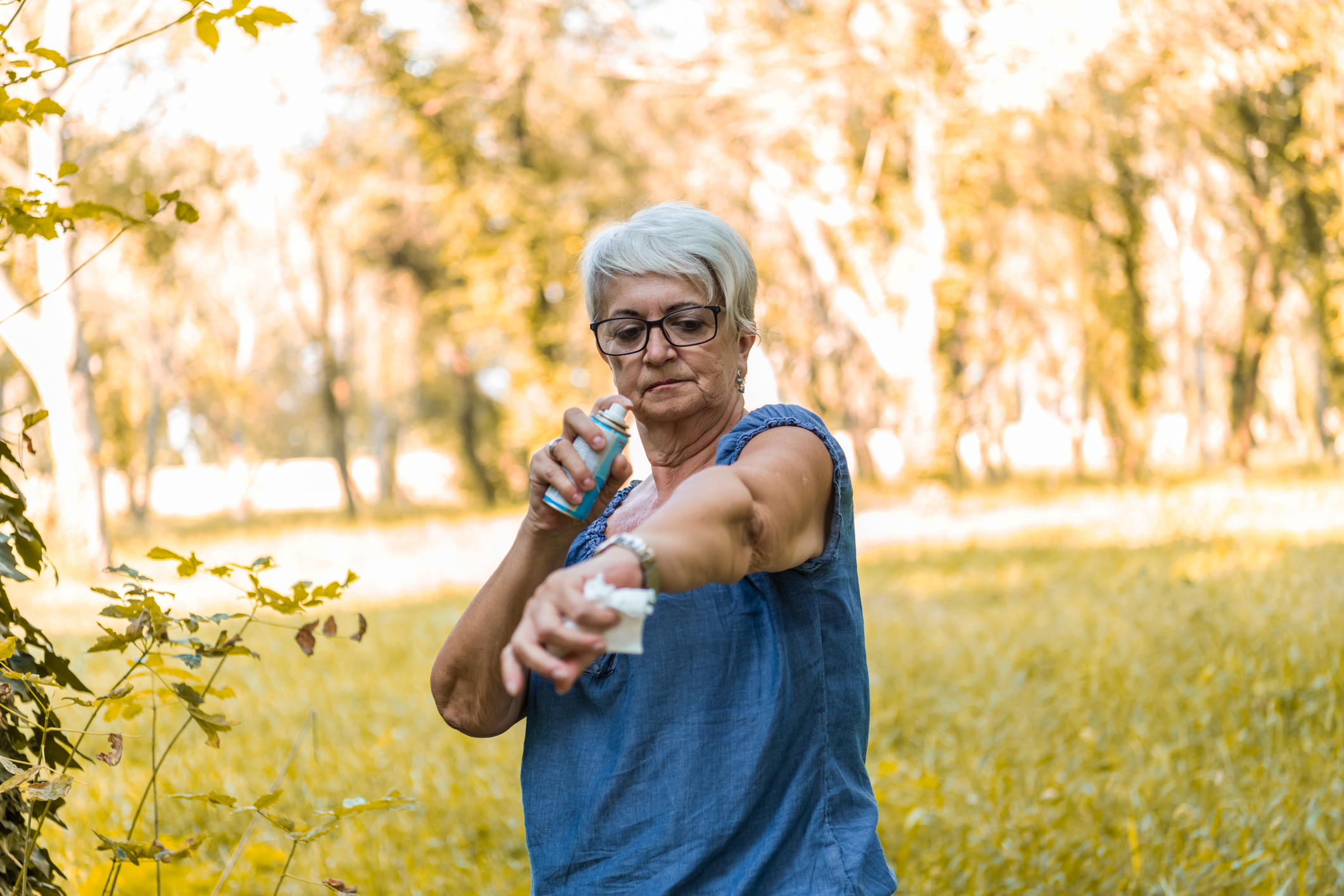Get Easy Health Digest™ in your inbox and don’t miss a thing when you subscribe today. Plus, get the free bonus report, Mother Nature’s Tips, Tricks and Remedies for Cholesterol, Blood Pressure & Blood Sugar as my way of saying welcome to the community!
Comprehensive approach to defeat Lyme disease

Lyme disease is real. And with the start of spring comes tick season, when the insects that cause the disease with their bite are emerging.
Lyme disease is a difficult and degenerative disease that can evade treatments, unless a comprehensive approach is taken to address the multiple factors involved. Even then, success can be elusive. However, there are some specific, targeted protocols that are showing promise against Lyme disease, which I’ll show you in a minute.
It’s important you know what they are because Lyme disease is a stealthy intruder, and it doesn’t act alone. While the Lyme bacterium, Borrelia burgdorferi, triggers the initial flu-like symptoms – headaches, fatigue, joint pain and more – underlying health complications further advance this degenerative condition.
Chronic inflammation, immune suppression, co-infections from viruses, parasites, other bacteria, and fungi; and elevated heavy metal/toxin body burden, compound and confound the complex pathology of Lyme disease.
Essentially, with Lyme we’re dealing with more than just B. burgdorferi bacteria. The co-factors involved also need to be diagnosed and addressed with a multifaceted protocol.
So while antibiotics are a front-line approach, alone they’re not enough. Successful treatment requires multi-layered solutions involving some of the following strategies.
Heavy metals, inflammation and immunity in Lyme disease
Lead, mercury, cadmium and other heavy metals trigger inflammation and suppress immune function. Environmental toxins, such as pesticides, airborne pollutants and molds, are also a threat. Furthermore, Lyme disease promotes chronic inflammation and hinders the body’s detoxification systems.
Elevated toxic body burden, systemic inflammation and impaired immunity advance a vicious cycle which allows Lyme and co-infections a stronger foothold, further challenging the system. So you can see how you would need a full spectrum treatment regimen to eradicate Lyme disease.
Detoxification therapies, anti-inflammatory approaches and the diagnosis and treatment of co-infections (including other tick-borne microbes such as Babesia) need to be incorporated into an integrative, holistic treatment protocol to halt the disease’s destructive cycle.
Genetic testing
One of the first things I do with my patients is to look for a genetic predisposition, diagnosed with HLA DR genetic testing. People with certain genes such as HLA DRB1 15, DQ 6 and/or other HLA genes, are highly sensitive to neurotoxins such as mold and fungus, Babesia and other co-infections, heavy metals and much more.
What’s worse is that for these patients, antibiotics don’t work as well. With these predispositions, the patient isn’t able to detoxify the neurotoxins produced by Lyme and co-infections.
Stop Lyme before it starts
It’s imperative that people who are susceptible take even more care than usual to stop Lyme disease in its tracks.
The best way to protect against this increasingly common illness is to prevent the tick bites which cause the disease.
Applying natural tick repellents such as tea tree oil, rose geranium oil or other essential oils, mixed in a carrier base can help ward off ticks and insects.
Also, be sure to perform a full body check for ticks after spending time in nature.
My integrative treatment for Lyme disease
Clinical studies demonstrate that the supplement Modified Citrus Pectin (MCP), a highly bio-available and bio-active form of pectin, safely moves heavy metals such as lead, mercury, and arsenic from the body without disrupting essential minerals.
MCP also targets systemic inflammation by blocking a pro-inflammatory protein called galectin-3. Other research demonstrates that MCP activates immune cells and increases their functionality in both the innate and adaptive (trained) immune response.
Alginates also have chelating, immune enhancing and anti-inflammatory properties. MCP and alginates help by binding many toxins you might have that can make Lyme disease worse, and eliminating them.
Lyme bacterium, co-infections and their toxic by-products hide within the nervous system, so compounds that penetrate the blood-brain barrier to address them are also critical.
Artemisinin, an active ingredient from Artemisia Annua (Wormwood) and its derivative Artesunate, can achieve this. You can get it in either a tincture and add a few drops into your favorite drink, or get an extract of Artemisia leaves in a capsule. The most common dose is 500 mg a day.
Another treatment in development is systemic heat therapy, in conjunction with IV Artesunate.
In my clinic, I’ve been using this therapy against cancer for years, and am thrilled to witness its success against Lyme disease. Mechanisms of action are still uncertain, but likely relate to immune enhancement and the use of heat to expose hidden infectious agents.
There are numerous strategies which can strengthen immunity, detoxify the system and reduce inflammation. Think of Lyme disease as a multi-headed foe: we need to target every facet of this complex condition in order to optimize clinical outcome.












